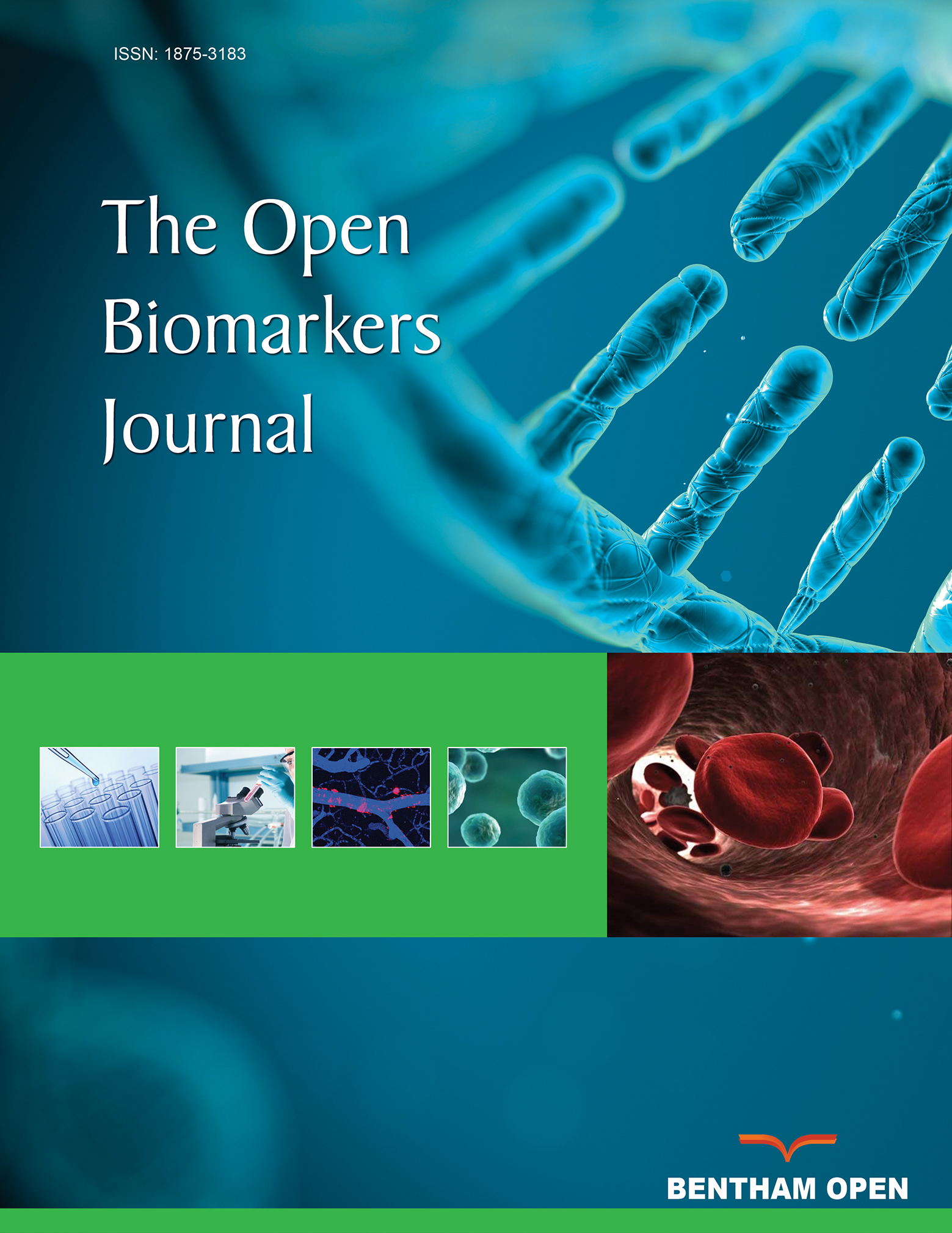All published articles of this journal are available on ScienceDirect.
Sigma-2 Receptors as Potential Novel Biomarkers During the Progression of Benign Prostatic Hypertrophy (BPH) into Prostate Cancer
Abstract
BPH could be considered the most common benign tumor for men between 60 and 75 years of age. PSA is an unsatisfactory biomarker to define BPH progression to cancer. Recently, sigma-2 receptors have been recognized in several prostate cancer cell lines such as PC-3, DU-145 and LNCaP. It is reported that, in some cases, BPH could progress to malignancy and this progression can not easily be monitored by biomarkers such as PSA. In this paper we investigated 10 specimens from TURP, finding overexpression of sigma-2 receptors in two of these specimens (specimen 1 and 2) accompanied by 4 ng/mL PSA values. We hypothesize that the presence of sigma-2 receptors is related to a BPH progressing in prostate cancer. A possible correlation between sigma-2 receptors and PSA values could be useful to identify this pathological progression.


